South America’s Historic Sites: A Travel Guide
South America is a treasure trove of historic sites, offering travelers a glimpse into the rich and diverse cultures that have shaped the continent. From ancient civilizations and colonial landmarks to modern-day marvels, these historic sites tell the story of South America’s past and present.
1The Galápagos Islands, Ecuador

The Galápagos Islands are an archipelago of volcanic islands located in the Pacific Ocean, known for their unique and diverse wildlife. Made famous by Charles Darwin’s studies that led to his theory of evolution by natural selection, the Galápagos Islands are a living museum of natural history. Visitors can explore the islands by boat, discovering a variety of endemic species such as the giant tortoise, marine iguana, and blue-footed booby. The islands’ diverse ecosystems range from lush highlands to arid lowlands, each supporting different types of flora and fauna. Snorkeling and diving in the surrounding waters reveal vibrant marine life, including sea turtles, sharks, and colorful fish. The Galápagos Islands offer a unique opportunity to observe wildlife in its natural habitat, making it a must-visit destination for nature lovers and adventure seekers.
2Christ the Redeemer, Brazil
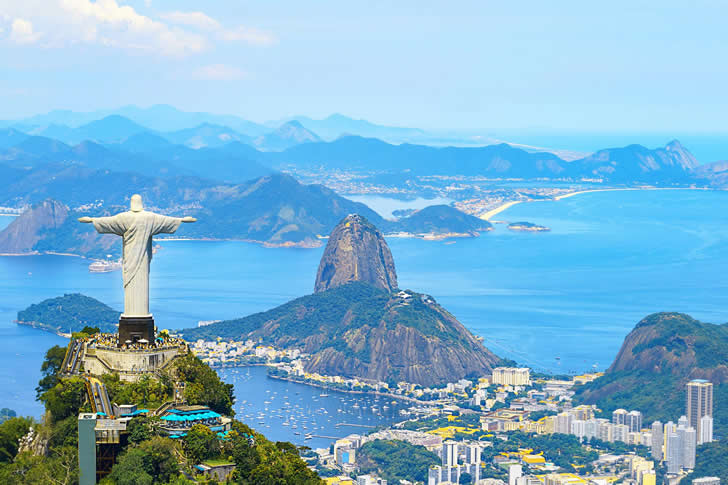
Christ the Redeemer is one of the most recognizable landmarks in South America. This towering statue of Jesus Christ stands atop the Corcovado Mountain in Rio de Janeiro, offering stunning views of the city and the surrounding landscape. Completed in 1931, the statue is 98 feet tall and its outstretched arms span 92 feet. Christ the Redeemer is not only a symbol of Christianity but also a cultural icon that represents the warmth and hospitality of the Brazilian people. Visitors can reach the summit by train, van, or hiking trails, and once there, they can enjoy panoramic vistas of Rio’s beaches, mountains, and urban skyline. The site is particularly breathtaking at sunset, when the city is bathed in golden light. Christ the Redeemer is a must-visit for anyone traveling to Brazil, offering a blend of spiritual significance and natural beauty.
3The Historic Centre of Cusco, Peru
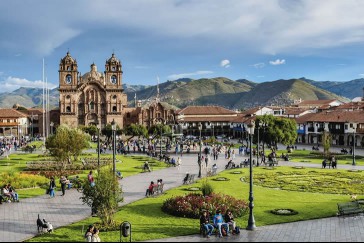
The Historic Centre of Cusco is a testament to the city’s rich history as the former capital of the Inca Empire and a major center of Spanish colonial influence. The city’s layout reflects its dual heritage, with Inca ruins interwoven with colonial architecture. Visitors can explore the impressive Plaza de Armas, surrounded by historical buildings such as the Cusco Cathedral and the Church of the Society of Jesus. The nearby Qorikancha, once the most important temple in the Inca Empire, now stands partially incorporated into the Church of Santo Domingo. Cobblestone streets, traditional markets, and vibrant festivals add to Cusco’s charm. Declared a UNESCO World Heritage site, the Historic Centre of Cusco offers a unique glimpse into the fusion of Inca and Spanish cultures, making it a fascinating destination for history enthusiasts.
4The Moai Statues of Easter Island, Chile
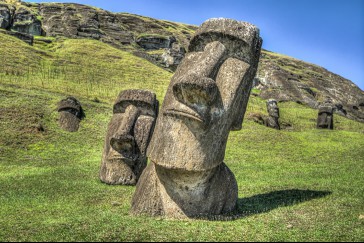
The Moai statues on Easter Island, also known as Rapa Nui, are one of the most mysterious and awe-inspiring historic sites in South America. These colossal stone figures, carved by the Rapa Nui people between 1400 and 1650 CE, are scattered across the island, with the largest standing at over 30 feet tall and weighing up to 82 tons. The Moai are believed to represent the ancestors of the island’s inhabitants, and their construction and transportation remain subjects of fascination and study. Visitors to Easter Island can explore the Rano Raraku quarry, where many Moai were carved, and the Ahu Tongariki, the largest ceremonial platform with 15 restored statues. The island’s remote location and unique cultural heritage make it a captivating destination for travelers interested in archaeology and ancient civilizations.

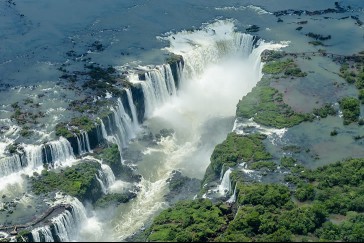
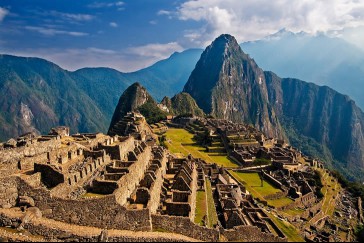
Comments on "South America’s Historic Sites: A Travel Guide" :